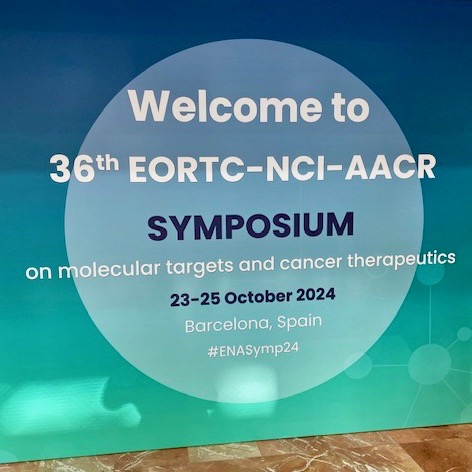Why do T cell engagers succeed or fail?

Which flavour of tart, er TCE would you prefer?
The success or failure of T cell engagers (TCEs) represents billions in potential revenue and, more importantly, new treatment options for patients with limited alternatives.
With over 100 TCEs currently in clinical development and recent high profile approvals such as Roche’s Columvi, Genmab’s Epkinly and J&J’s Tecvayli, the stakes for getting the design right have never been higher.
Yet for every clinical success, there are numerous programs failing to advance beyond early phase trials, often for reasons not immediately apparent from traditional antibody design parameters.
Recent pipeline reshuffling – evident in announcements at JPM25 and in 4Q24 earnings calls – highlight a critical inflection point for the field. Companies are making tough decisions about which TCE programs to license, advance or terminate, decisions which impact not just individual pipelines, but also broader investment and partnership strategies across the industry.
This post examines new insights into why some TCEs succeed while others fail. By understanding these molecular determinants of bispecific antibody performance, readers will:
- Learn how physical properties impact TCE function
- Understand why conventional optimisation approaches may miss critical success factors
- Gain practical insights for evaluating TCE programs, particularly relevant for the wave of new candidates emerging from Western and Chinese biotechs
- See how these principles apply to recent clinical successes and failures across the industry.
To continue reading our latest highlights on oncology new product development including commentary and analysis BSB subscribers can log-in or you can click to access the content.
This content is restricted to subscribers



